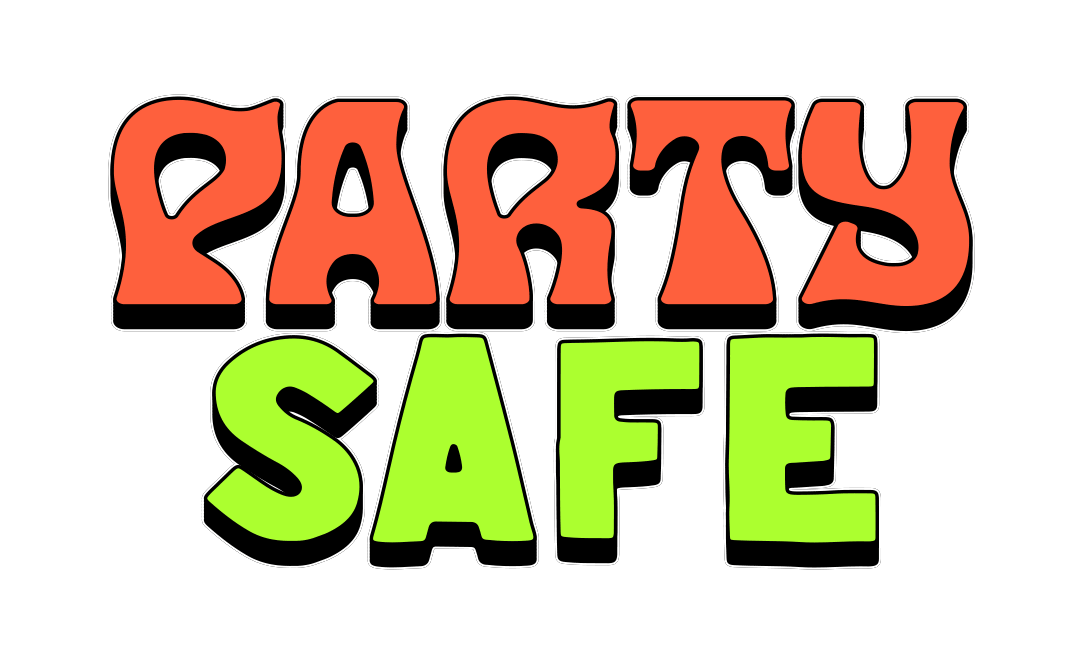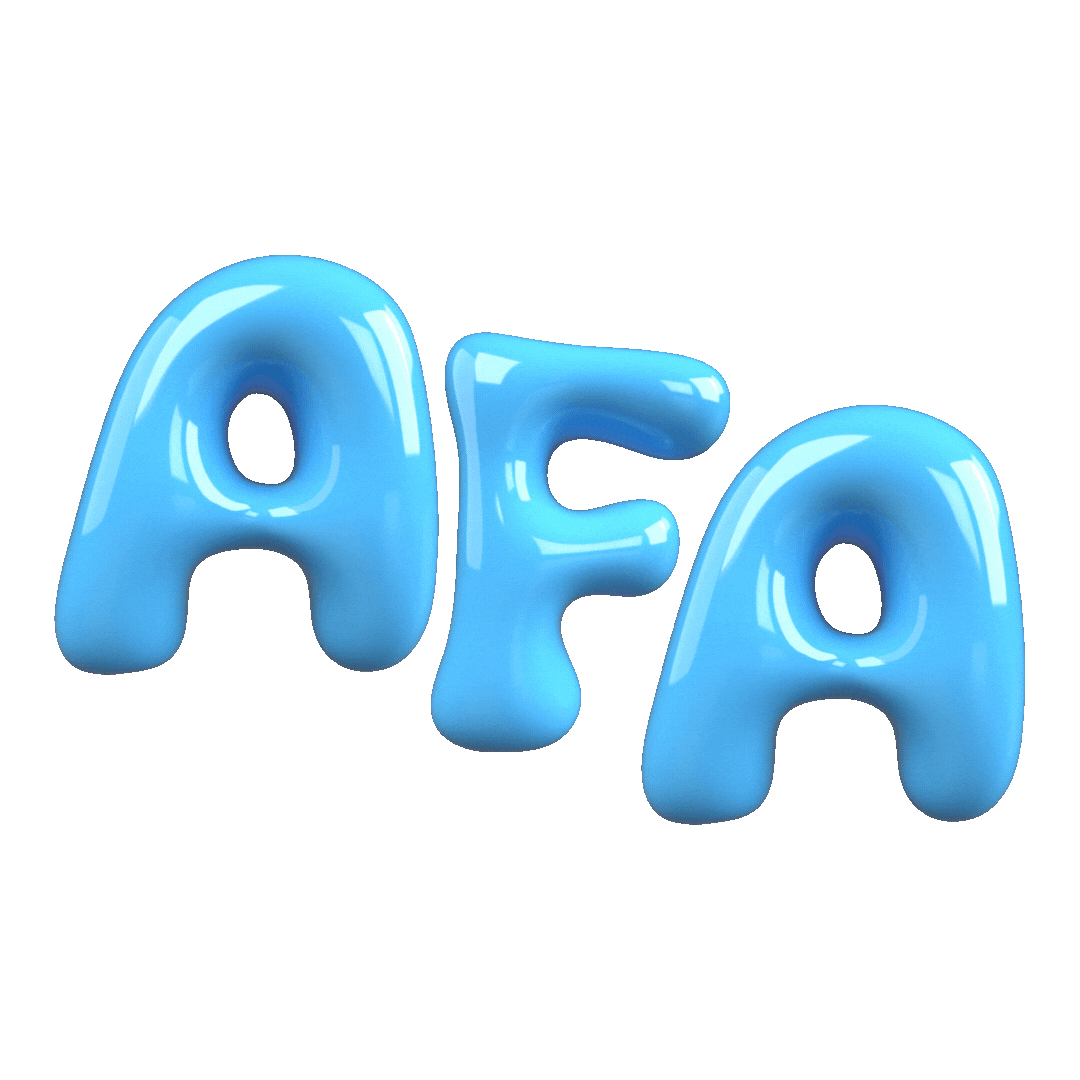What is sexual violence?
Sexual violence refers to any activity of a sexual nature that is unwelcome, unwanted or not consented to. Sexual violence is an umbrella term that includes sexual harassment, sexual assault and rape.
Sexual violence is not mutual or consensual interaction, flirtation or friendship.
Sexual violence can include but is not limited to, actions such as:
-
Prolonged staring or leering
-
Repeated requests for a date or sexual interaction
-
Displaying pornography
-
Unwanted kissing or touching
-
Sexualised verbal comments and jokes
-
Stalking or following someone
-
Indecent exposure or ‘flashing’
-
Public masturbation
-
Rubbing up against someone
-
Groping and sexual touching – for example, touching someone’s breasts, buttocks or genitals. This includes being forced to touch someone else.
-
Non-consensual sexual intercourse, including oral, anal and vaginal sex. This includes penetration using fingers and objects.
Sexual assault and rape are offences in all states and territories in Australia. All forms of sexual violence are harmful and should be treated seriously. Importantly, it is critical that we intervene appropriately to the full range of sexual violence. Research has consistently demonstrated that intervening in instances of harassment can make a setting less conducive to more ‘serious’ forms of sexual violence.
How common is sexual violence?
We know that sexual violence is extremely common in Australian society.
According to the Australian Bureau of Statistics, at least 1 in 5 women and 1 in 20 men will experience sexual violence in Australia across their lives. Sexual harassment is even more common, with over half of Australian women having experienced harassment.
Women are disproportionately the victims of sexual violence, and men disproportionately the perpetrators. However, it is important to keep in mind that anyone can experience sexual violence.
People can also be targeted for sexual violence because of their gender, sexual orientation, race, and disability status. Sexual violence can co-occur with racist, homophobic, transphobic and ableist violence. Members of these groups often face a higher risk of experiencing sexual violence.
Victims are never responsible for sexual violence. Sexual violence occurs regardless of what someone is wearing, how much they have had to drink, or whether they were ‘flirting’ with a perpetrator. No one ‘asks’ to be sexually violated. Responsibility for sexual violence always lies with the perpetrator.
What do we know about sexual violence at music festivals?
Recent Australian research shows that sexual violence is likely to be very common at music festivals.
This study found that 95.1% of young people thought that sexual harassment occurs at music festivals, while 88.6% thought that sexual assault happens at festivals.
Behaviours such as unwanted touching and groping – especially in crowded areas – are frequently experienced by young people at music festivals.
While sexual violence can happen anywhere, some features of music festivals can make it easier for perpetrators to engage in this behaviour. For example, because festivals are often very crowded, it can be difficult for victims to identify their perpetrator.
Perpetrators can easily disappear into the crowd, and unwanted touching can be excused as ‘accidental’. Secluded and poorly-lit areas such as campsites can also be taken advantage of by perpetrators.
How are music festivals addressing these issues?
The AFA has Harm Reduction training available for festival organisers to provide staff, volunteers and patrons training. The AFA has also contributed to a new resource from the Pennington Institute that provides a toolkit for organisers to address these issues onsite.
Some festivals have implemented safe spaces at their festivals.
Ask for Angela is a campaign rolled out across many venues and is in operation at some festival bars.
What about drugs and alcohol?
Drug and alcohol use are common at music festivals.
Unfortunately, drugs and alcohol can also be used to facilitate sexual violence. For example, drink spiking with strong alcohol or other drugs is commonly used to incapacitate and take advantage of targets.
Drugs and alcohol can also be used by perpetrators to excuse their behaviour and to minimise responsibility for their actions with a common claim in such circumstances being that they didn’t realise what they were doing because they were “off their face”.
On the other hand, victims who have consumed alcohol or drugs are often blamed for their experience. This is a major reason behind incredibly low levels of reporting of sexual violence. Legally, a person who is intoxicated is considered incapable of giving consent to sex. Intoxication is not an excuse for a perpetrator’s actions – responsibility for sexual violence always lies with the perpetrator.
How to respond to disclosures
Most people who experience sexual violence do not report to authorities. In fact, 85% of victims never report their experience.
One reason for these low reporting rates is that victims often experience negative responses when they do report. For example, they might not be believed or taken seriously, or are blamed for their own experience.
Negative or inappropriate responses to the disclosure can amplify the harms of sexual violence.
Because of this, it is extremely important that you respond appropriately if someone reports an incident of sexual violence to you. Appropriate responses include:
-
Always believe the victim and take them seriously: remember, it is not your responsibility to judge whether a criminal offence has occurred. Likewise, while some victims may be visibly distressed or upset, others may be calm and collected. There is no one way that an individual will react to experiencing sexual violence. Your role is to ensure the victim receives appropriate support.
-
Acknowledge what has happened to the victim. For example, “I’m really sorry to hear that”.
-
Listen to what the victim has to say.
-
Provide options to the victim in terms of what happens next and support the decision they make. If there are processes in place for how to respond to a report of sexual violence at the festival, ensure you follow these closely. For example, “Can I take you to the medical tent for support” or, “Would you like me to help you make a report”. Remember, not all victims will want to report an incident to the police.
It is never appropriate to:
-
Blame the victim for what has happened.
-
Accuse the victim of lying.
-
Say that the incident wasn’t ‘serious’ enough to respond to.
-
Say that there is nothing you can do to help the victim.
-
Try to justify, excuse, or downplay the perpetrator’s actions.
-
Make assumptions about someone’s gender identity or sexual orientation.
Being an active bystander
Because the vast majority of victims do not report their experiences, it is important to recognise the role that you can play as an active bystander.
An active bystander is someone who witnesses sexual violence occurring or a situation where sexual violence is at-risk of occurring and takes steps to intervene. Intervention can occur before, during or after an incident of sexual violence has happened.
When acting as a bystander, your own safety is paramount. You should never intervene in a way that makes you feel unsafe or that escalates a situation.
Bystander intervention assumes that we all have a role to play in preventing and responding to sexual violence. However, many people are reluctant to intervene because they don’t think it’s their place, or because they are unsure of what to do.
What strategies can you use to intervene?
Try to remember the ‘5 D’s of intervention’, developed by the organisation Hollaback:
-
Distract: is there something you can do to create a distraction or diversion? This is important to prevent direct confrontation that may lead to aggression targeted at you or the victim. It can also provide an opportunity for a victim to move away from an unsafe situation without drawing more unwanted attention.
-
Delegate: is there someone else in a position of authority who can help? This might include calling security, police, or peer-support volunteers such as DanceWize to help. It is important that you understand your limits. Only intervene directly when you are confident to do so and can do so safely.
-
Document: can you record what is happening to provide evidence? For example, this might include taking photo or video footage, or ensuring there are adequate CCTV provisions on the festival site. Always provide the footage to the victim – never circulate images you have taken without the victim’s consent as this can extend harm experienced.
-
Delay: can you provide support to the victim after an incident has occurred? Although the incident itself wasn’t stopped, you can provide support in the aftermath. For example, ask the victim if there is anything you can do to help or support them. Can you help them locate support services or police? Stay with them until friends or other care arrives.
-
Direct: if it is safe, can you directly confront the perpetrator? This might include ‘calling out’ the perpetrator and saying that what they are doing is wrong or asking them to leave. If intervening directly, ensure that the victim is safe BEFORE you make contact as there is a risk that confrontation can escalate a situation.
There is no one ‘best’ way to respond as a bystander – use the 5D’s like a toolbox to draw on if you need to intervene. Use whichever strategies you feel most comfortable and safe within the moment.
You can find more information on how to intervene as a bystander here: https://www.ihollaback.org/bystander-resources/
You can also consider taking part in training on bystander intervention:
Bystander training for people working in the music industry: https://www.cohealth.org.au/access-all-areas/#bystander-training
Bystander training for members of the general public: https://www.itsnotacompliment.com/bystander-intervention-training





